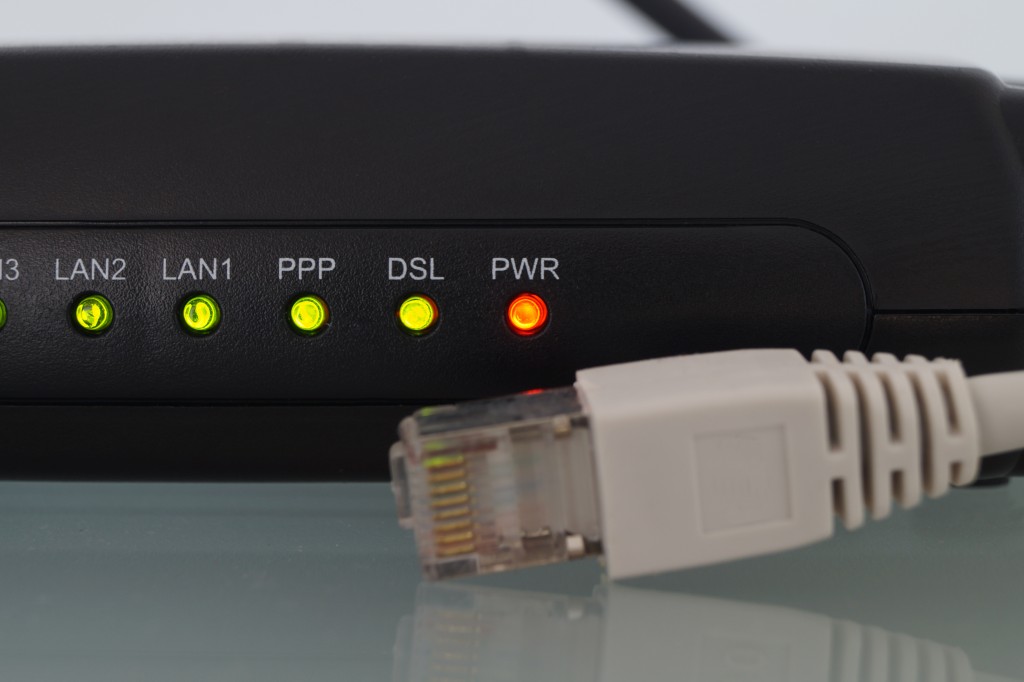Initially starting as a small research project back in the late 60s, the internet has grown to become a vast computer network. It has made many things possible for its users. But have you ever wondered where it is located?
You might have seen answers like “it’s online,” “it’s in the cloud,” or “it’s in someone’s basement.” But none of these get you close to a response that is grounded in real-world terms.
As it turns out, there are two main parts in answering that question:
- Computers servers housed in data centres store all kinds of internet data (e.g., websites, social media platforms, online videos, etc.).
- Long-distance fibre optic cables make it possible for that data to travel between countries.
So rather than being housed in one single location, the internet exists in this physical network of data centres and cables. And these cables play a crucial role in bringing the internet to life on your mobile computers and devices.
How do these internet cables work?
Looking at this interactive map, you’ll see that the internet is made up of a series of undersea cables. From Singapore to Sydney and Chile to London, data moves back and forth in the blink of an eye. Fibre-optic technology makes this possible.
Lasers transport data swiftly (nearing the speed of light) across the seafloor. Upon reaching land, data makes its way to a local network, where thousands of users are connected via a web browser, email, mobile app, or any other digital platform.
While similar to shipboard cables in terms of resistance to corrosion and damage from inhospitable environments, what makes these fibre cables impressive is their incredibly thin frame. Many of these cables are no thicker than a single strand of hair. When bundled together, they can be as thick as a regular water hose. In addition to being extremely thin, these cables can run up to over 6,000 kilometres.
When setting up these cables, cable routers first review naval charts to find the best routes. Pathways, where there is a lot of risk for disruption, are avoided. Flat areas in the seabed are ideal. Cables perform best when they are very deep in the sea or ocean.
However, once they are nearing the shoreline, cables need to be heavily protected from rocks, corals, and other marine life. Materials like copper, urethane, plastic, and kevlar ensure that internet cables are shielded from the harshest environments.
The past and future of internet cables

In 1858, the first transatlantic cable between Europe and North America was completed, spanning about 4,000 kilometres. The UK’s Queen Victoria sent a celebratory message to US President James Buchanan via telegraph. It took 16 hours to transmit the message.
Today, there are hundreds of fibre optic cables that can send data and information within seconds. While wireless and satellite technology continues to improve, these cables remain the most stable mode of transmitting data.
As more investments and resources further build out this critical infrastructure, companies and organizations must continuously collaborate to ensure internet data keeps flowing.


